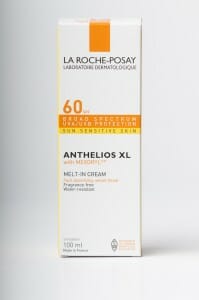Controlling Winter Itch
Solutions for Winter Itch
In the winter months moisture is sucked from the air and the surface of the skin may become dry and itchy. At its worst the skin may become chapped and may even crack.
Cleansing the Skin
- Avoid bathing or showering more than once a day.
- Use lukewarm rather than hot water.
- Add unscented oils to the bath such as Aveeno or Aveeno Bath Powder.
- Use mild soaps such as Aveeno Dry Skin, Pears, and Cetaphil – minimize lather. Thoroughly rinse all soap residues from the skin.
- Use gentle shampoos and conditioners, such as Cliniderm or Johnson & Johnson Baby No Tears.
Moisturizing the Skin
- After bathing, pat the skin dry – do not rub. Apply a moisturizer while the skin is still damp. Suggested non-scented moisturizers may include: Aveeno, Moisturel, DML Fragrance Free, Glaxal base Complex 15.
- Apply moisturizers such as Aveeno to areas of dry skin such as the hands and elbows throughout the day.
Laundry
- Use unscented laundry detergents such as Tide Free, Cheer Free,

